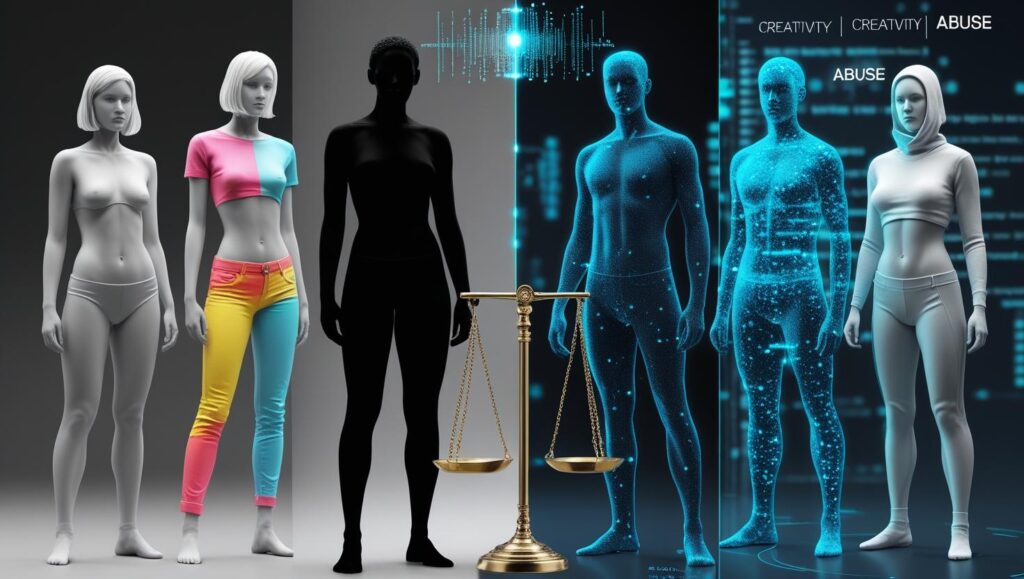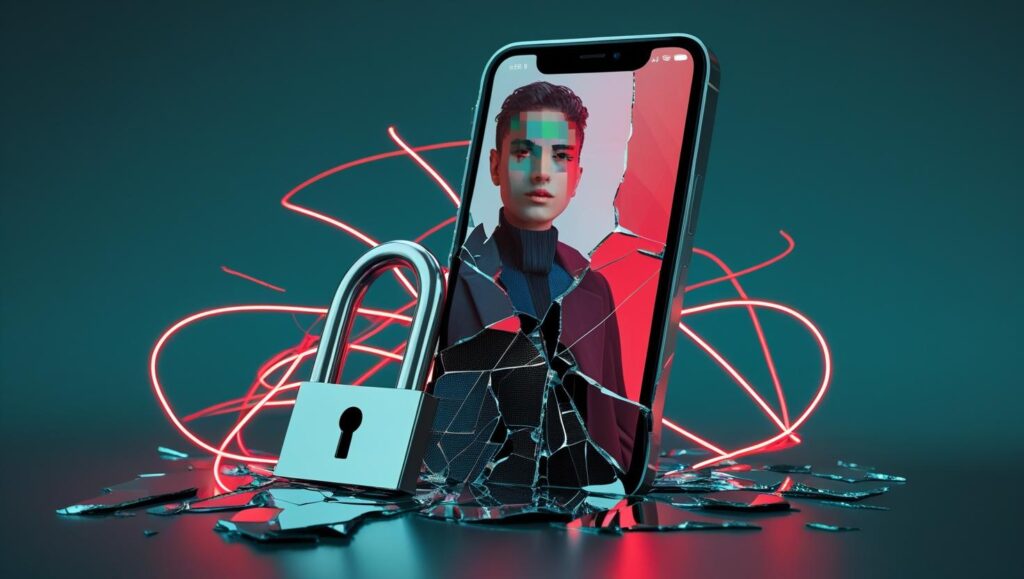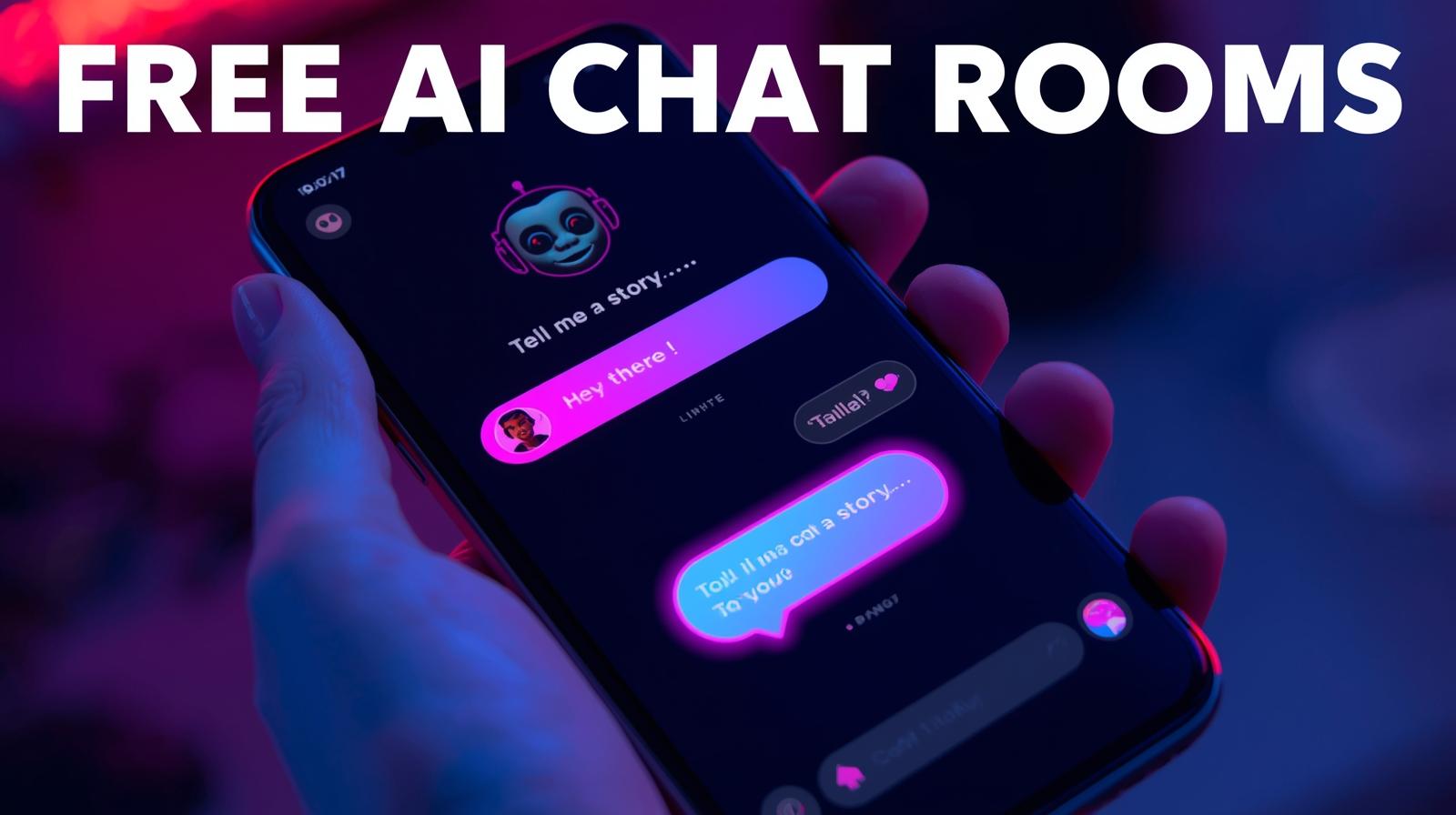Introduction
Clothes Remover AI Tool—the phrase alone might raise eyebrows. As the name implies, these are AI-powered platforms that claim to digitally remove clothing from images using sophisticated machine learning. What began as experimental tech has spiraled into a controversial subject sparking debates around ethics, legality, and misuse. Let’s peel back the layers and explore what these tools really are, how they work, and why they’re a growing concern in the digital world.
Understanding AI-Powered Image Editing
What Makes AI Good at Editing Photos?
AI’s progress in photo editing has been nothing short of magical. From automatically enhancing selfies to removing photobombers, artificial intelligence has reshaped how we interact with digital imagery. At the heart of this revolution is deep learning, where algorithms are trained to understand and recreate realistic images.
The Technology Behind Clothes Remover Tools
Deep Learning & Neural Networks
These tools rely heavily on convolutional neural networks (CNNs) that learn how to fill in gaps in photos. By analyzing thousands or millions of images, the AI starts predicting what a human body might look like underneath clothes.
Generative Adversarial Networks (GANs)
GANs are the real game-changer here. They consist of two networks: one generates images, and the other judges them. Together, they create incredibly realistic outputs that can trick even trained eyes.
What About the Dataset?
AI models are only as good as the data they’re trained on. In this case, that means massive datasets that include clothed and unclothed versions of similar body types and poses. The ethical concern? Many of these datasets are sourced without explicit consent.
Popular Platforms Offering Clothes Removal Features
While many have been shut down, others keep popping up. These include:
- Sketchy web-based platforms
- Anonymous Telegram bots
- Underground Android APKs
- Reddit threads with hidden tools
These platforms often operate in legal gray zones, making them hard to regulate or track.
How These Tools Work Step by Step
- Image Upload: Users upload a photo—typically of another person.
- AI Processing: The server runs the image through its trained model.
- Image Output: A manipulated version is returned, often with fake nudity.
Sounds simple? That’s part of the problem. It’s too easy.
Intended vs. Unintended Uses
While some developers claim their tools are for “fun” or “artistic” purposes, in reality:
- Very few use it for legitimate purposes
- Most use cases involve non-consensual image alteration
- Potential use in adult content without consent
Ethical Concerns and Privacy Violations
Imagine your private vacation photo being altered and shared online. Terrifying, right?
- Consent is nonexistent in most cases
- These tools often violate image rights
- Victims can suffer emotional and psychological damage
Just like deepfakes, Clothes Remover AI Tool challenge our understanding of truth and authenticity online.

The Role of Regulation and Law
Some countries are stepping up:
- UK and South Korea have introduced laws penalizing the creation of explicit fake content.
- The U.S. is starting to recognize AI-altered content under revenge porn laws.
But regulation is still playing catch-up with technology.
Risks of Clothes Remover AI Tools
Here’s what’s at stake:
- Cyberbullying: Altered images used to shame or humiliate.
- Reputation Damage: Especially devastating for public figures.
- Blackmail: Fake images used to extort victims.
This isn’t just bad behavior—it’s digital assault.
Response from Tech Platforms
Big tech isn’t turning a blind eye:
- Facebook and Twitter have policies banning AI-altered nudity.
- Google removes search results for such tools upon request.
- AI detection tools are being developed to spot manipulated content.
Still, the war is far from over.
Can AI Detect AI?
Yes, and it’s kind of poetic.
- AI models can now detect fakes generated by other AI.
- Companies like Microsoft and Deeptrace are investing in fake detection systems.
- Watermarking and metadata analysis are evolving tools in this battle.
Future of AI in Image Editing
AI isn’t the villain—it’s how we use it that matters.
- Let’s redirect AI tools for positive creativity
- Tools like Runway, Canva AI, and Adobe Firefly focus on ethical, consent-based usage
- AI has potential in fashion, virtual fitting rooms, and digital art when used properly
Alternatives to Controversial AI Tools
Don’t want to contribute to shady tech? Try:
- AI-powered fashion editors
- Virtual try-on software
- Artistic nudity creation for consenting adults
Creativity thrives within boundaries. Let’s keep it that way.
What Should You Do If Your Image Is Misused?
- Report it immediately to the platform.
- Use reverse image search to track spread.
- File a complaint under image abuse laws.
- Reach out to a lawyer experienced in digital rights.
Don’t suffer in silence—fight back with the law on your side.
Conclusion
AI is a tool—and like any tool, its impact depends on who’s wielding it. Clothes remover AI tools blur the line between creative tech and dangerous abuse. While the technology is fascinating, its misuse exposes people to harm, harassment, and ethical violations.
It’s time we shift the conversation from what AI can do to what it should do. With better laws, stronger platforms, and educated users, we can harness AI for good—without crossing ethical boundaries Clothes Remover AI Tool.
FAQs
1. Is using a clothes remover AI tool legal?
It depends on the country, but in most places, non-consensual image manipulation is illegal or falls under harassment and privacy violations.
2. Can someone remove clothes from any image?
Technically, no AI is perfect. Results vary depending on the quality and angle of the photo. But even approximations can cause serious harm.
3. How can I protect my photos online?
Keep your profiles private, use watermarking tools, and avoid uploading high-res personal images publicly.
4. Are there ethical image editing tools?
Yes! Tools like Canva, Adobe AI, and others focus on creativity without crossing ethical lines.
5. What are the signs of an AI-altered image?
Blurry edges, strange lighting, distorted shadows, and mismatched anatomy are common giveaways. You can also use AI-detection tools to check.



